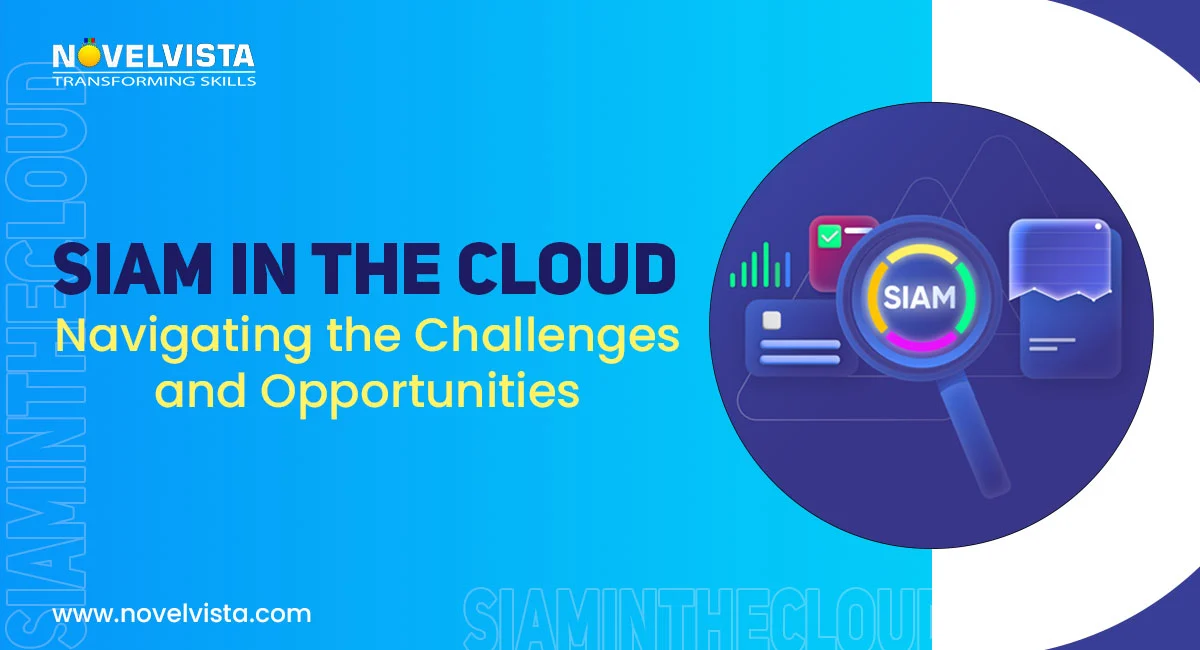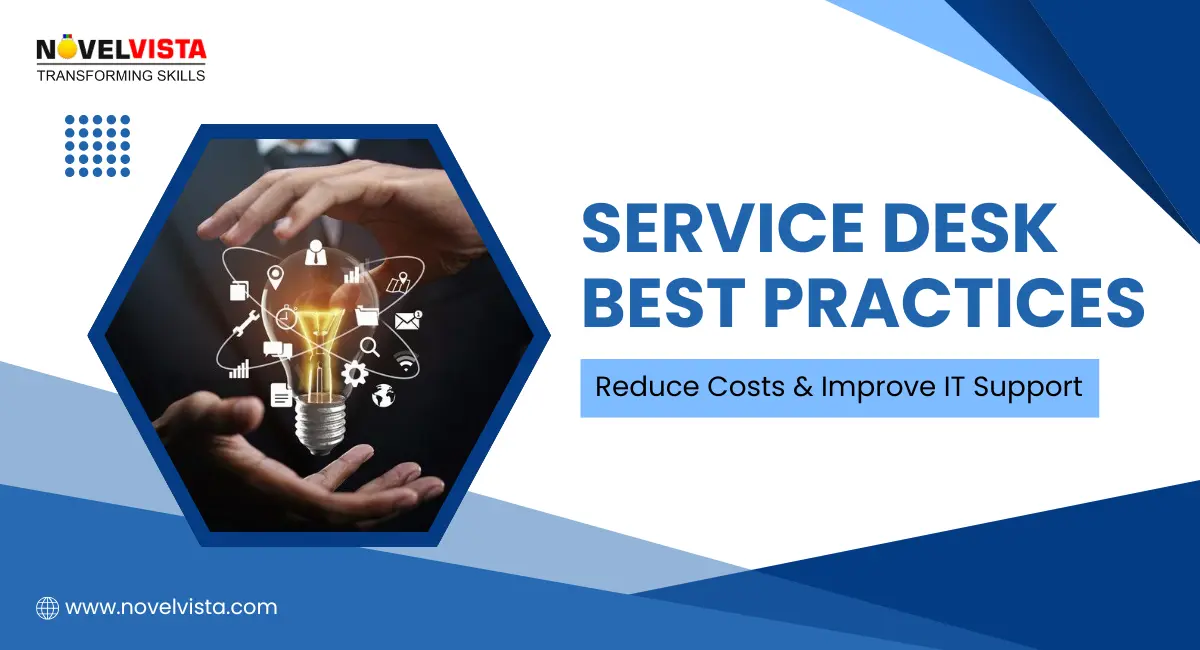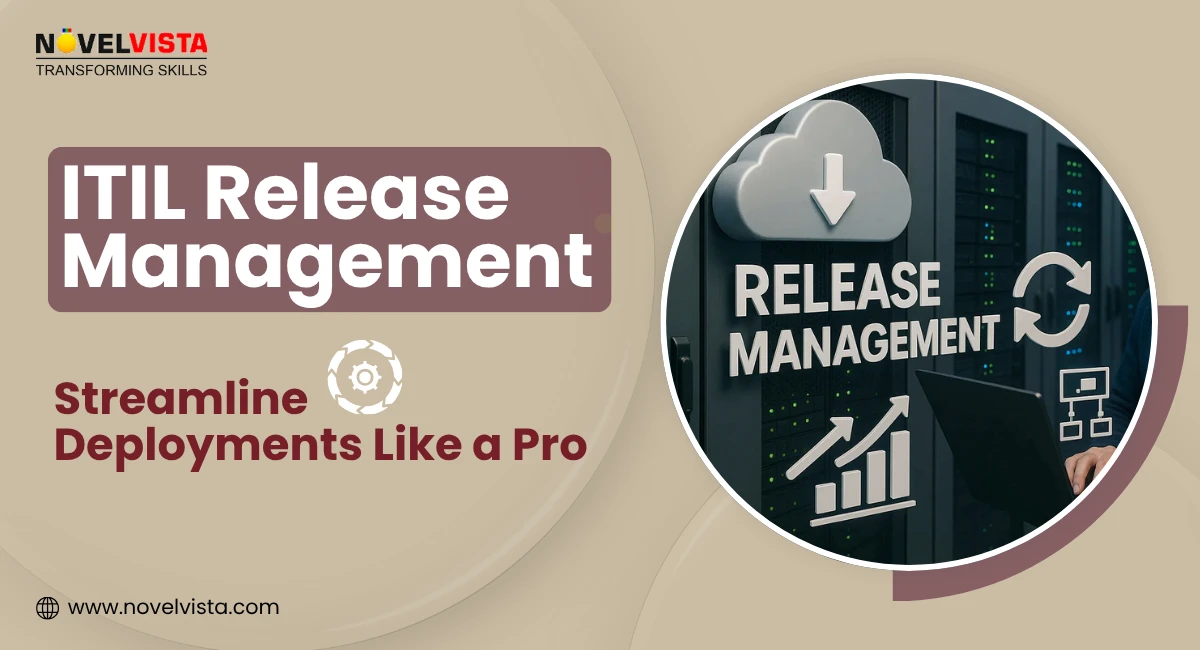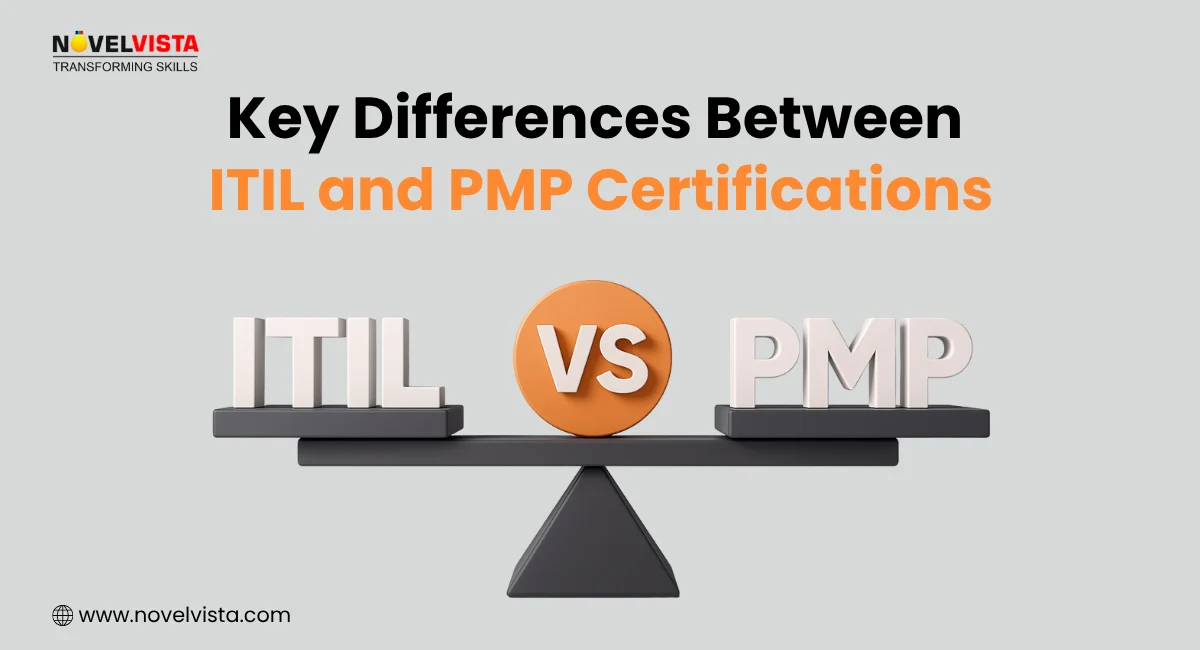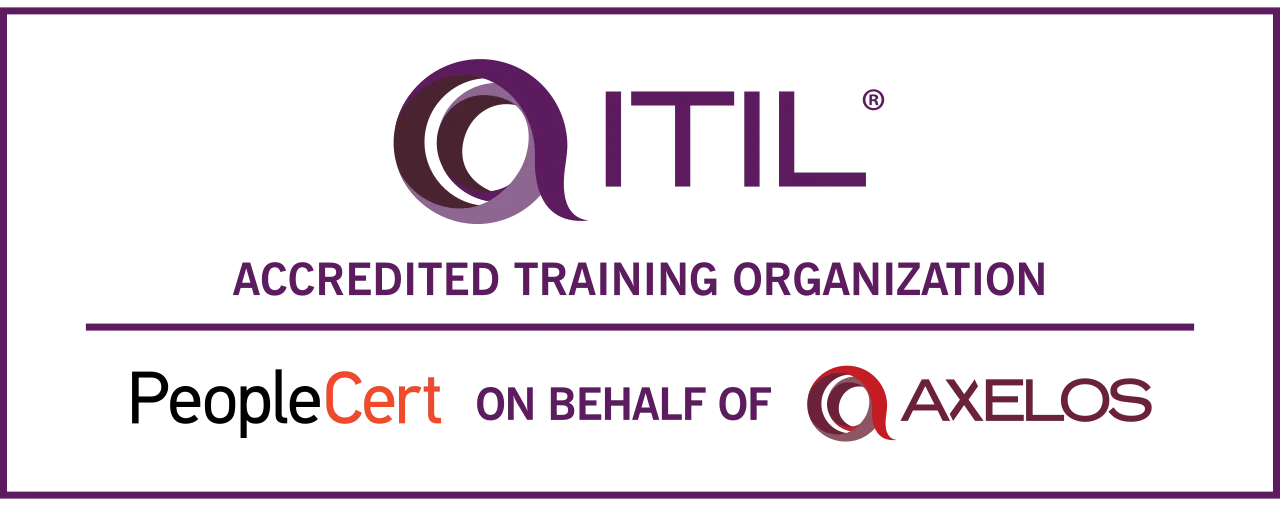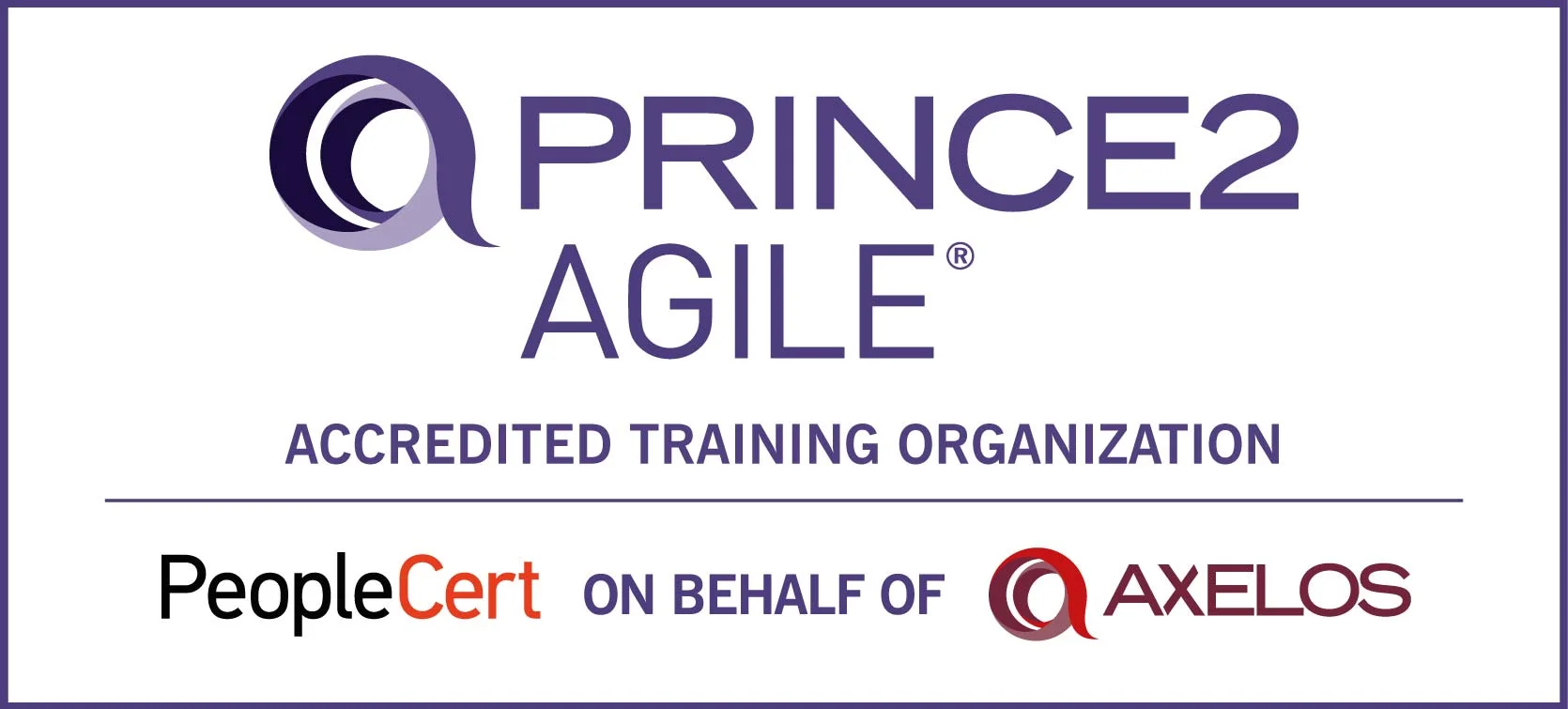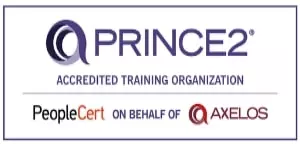In the ever-changing world of cloud computing, Service Integration and Management (SIAM) has become a crucial framework for managing complex IT environments.
As more organizations adopt multi-cloud strategies to take advantage of different cloud service providers, the need for effective SIAM practices is more important than ever.
This blog post will explore the challenges and opportunities associated with implementing SIAM in the cloud.
Understanding SIAM in the Cloud
SIAM is a management approach designed to coordinate and integrate multiple service providers, ensuring seamless delivery of services that meet an organization's business objectives. In the context of cloud computing, SIAM extends its scope to manage services across various cloud platforms, including public, private, and hybrid clouds.
SIAM emphasizes a holistic approach, ensuring that all services are aligned and contributing to the organization's objectives and business strategy. It is a strategic choice for those aiming to optimize their IT service ecosystem. You must check theprocess model of PRINCE2, it's a comprehensive guide that allows you to get to know more about its working processes.
Multi-cloud environments provide flexibility and power, but they also introduce challenges such as control and coordination, strategic alignment, and cyber risk. Addressing these challenges has led to a renewed focus on the service concept ofSIAM.
How Does SIAM Work in the Cloud?
SIAM proves to be especially helpful in mitigating the difficulties associated with multi-cloud environments. These challenges include ambiguity surrounding the responsibilities of individual cloud vendors, inadequate collaboration between vendors, costly and intricate reporting and quality assurance procedures, swift growth in the demand for varied IT services and cloud environments, as well as performance and security concerns.
Organizations may reduce these risks and gain increased cost-efficiency, enhanced accountability and reporting, enhanced innovation, and better end-user services by putting SIAM best practices into effect.
Organizations should plan forward when implementing SIAM, examine the suitability of service providers for an SIAM arrangement, have a clear strategy in place beforehand, and consolidate where it makes sense to decrease the complexity of service integration. HereFactors to consider while Implementing SIAMwill help you.
When properly implemented, SIAM may lead to increased innovation, cost-efficiency, accountability, and reporting, as well as better end-user service. It can also provide the business better access to a wider choice of clouds and services, all of which are supported by a stronger strategic imperative.
Challenges occur in SIAM:
Developing greatSIAM (Service Integration and Management)approaches for cloud environments involves many difficult tasks. Ever since cloud computing began, companies wanted to use it for innovation, flexibility, and cost savings.
But managing different service providers that offer different cloud services is very complex. Here are some challenges faced in SIAM for cloud:
Vendor Management Complexity:Many vendors deliver different services in cloud environments. Handling various contracts, SLAs, and interfaces gets intricate. Aligning vendors with firm goals is complex.
Interoperability Issues:Integrating services from different cloud providers poses challenges. Ensuring seamless interoperability is difficult due to variations in APIs, data formats, security protocols, and capabilities.
Service Level Management:Maintaining consistent service levels across cloud providers is crucial but challenging. Ensuring SLA adherence, performance monitoring, and addressing discrepancies requires robust management frameworks.
Data Security and Compliance:Keeping data safe and following rules becomes more complex when using multiple cloud services. It's crucial to ensure data privacy, protect information, and comply with regulations (like GDPR, HIPAA) across different cloud platforms.
Risk Management:Using multiplecloudproviders brings new risks like data breaches, service outages, being tied to one vendor, and not meeting regulations. Identifying, evaluating, and managing these risks require thorough risk management plans.
Cost Optimization:While cloud services offer flexibility and cost savings, managing costs across multiple providers can be challenging. Balancing resource use, avoiding over-buying, and optimizing software licenses are essential for cost-effective cloud management.
Governance and Control:Ensuring compliance, security, and alignment with company objectives requires maintaining governance and control over various cloud services. It is essential to set up centralized governance structures and controls.
Performance Management:In order to maintain service levels, it is crucial to track and manage performance across variouscloud services. Effective performance management might be hampered by non-standard metrics, data silos, and inconsistent monitoring systems.
Change Management:Careful preparation and coordination are needed to implement changes across several cloud services with the least amount of disturbance. Keeping service continuity requires efficient change management procedures.
The administration of Service Integration and Migration (SIAM) in the cloud necessitates specific knowledge and proficiency in cloud technologies, service integration, vendor management, and governance. It is crucial to close the skills gap and promote a culture of lifelong learning.
Opportunities:
Recognizing the origins and development of service integration:A 24x7 working culture, a greater dependence on IT, and growing customer and employee expectations have all transformed the landscape of IT service delivery and support.
IT firms may select from a wider range of sourcing alternatives thanks to multi-sourcing, but there are drawbacks as well, such as complexity and the need to weigh the benefits and drawbacks of the increasing diversity of providers and service possibilities.
Understanding sourcing types:Sourcing models are a means of controlling the procurement of services and resources for the purpose of delivering a certain segment of the IT value chain. It's critical to comprehend the various sourcing models and how they affect management and service delivery.
Determining the scope of a process, as well as its owners and hand-off points, can assist prevent duplication and rework and guarantee that activities are strictly controlled and supervised.
Creating a single data source:A SIAM operational model requires a tooling approach. Establishing a single source of data is crucial, and SIAM offers a chance to create, control, and manage a data model. As a result, data ownership and integration will be more tightly controlled, facilitating correct data transmission and updating throughout the SIAM ecosystem about system performance, alerts, issues, modifications, assets, and settings.
Managing cultural shifts:Cultural obstacles frequently take the shape of the need for cooperation in a knowledge-driven workplace and the propensity to formalize and record every working procedure in a setting where certain procedures may be less formal. A SIAM operating model cannot succeed until these cultural issues are resolved.
Changing current contracts:It's difficult to change current contracts, and it's important to decide when to think about switching to a SIAM operating model. Selecting a date for contract renewal or review is crucial because it enables a more flexible SIAM operating model that encourages supplier engagement and a departure from the conventional SLA target-based structure.
API-driven Architecture:Using an API-driven architecture makes it easier to integrate and work with third-party apps, legacy systems, and cloud services. APIs provide flexibility and scalability by facilitating data sharing, enabling standardized communication, and supporting agile development methodologies.
Hybrid Cloud Solutions:There are advantages in terms of flexibility, scalability, and data sovereignty when hybridcloudsolutions are implemented that combine on-premises infrastructure with public and private cloud environments. Organizations may maximize resource usage, retain control over sensitive data, and use current investments using hybrid cloud architectures.
Continuous Integration/Continuous Deployment, or CI/CD, and DevOps: Processes for developing, testing, and deploying cloud applications are streamlined by using CI/CD and DevOps concepts. Increased agility, better quality releases, and a quicker time to market are made possible by automation, teamwork, and ongoing feedback.
Organizations may successfully negotiate the intricacies of SIAM in the cloud by addressing these possibilities and difficulties, ensuring that they can effectively and efficiently manage numerous providers of business and IT services.
Summary:
Organizations encounter possibilities as well as obstacles while navigating the complicated world of cloud-based SIAM. Although overseeing several service providers and guaranteeing smooth integration across various cloud settings might be challenging, there exist plenty of prospects for enterprises to augment efficacy, nimbleness, and inventiveness.
Businesses may overcome challenges and lead effective SIAM deployments by adopting multi-cloud strategies, automation, standardization, and integrated service management platforms. Organizations may fully utilize cloud technology and accomplish their strategic goals by investing in talent development, cooperative vendor partnerships, and cloud-native development methods.
Organizations may successfully negotiate the complexity of SIAM in the cloud and seize new possibilities by adopting innovative technologies like hybrid cloud solutions and API-driven architecture, as well as by implementing cultural reforms and strategic planning.
Take the next step in your career with a SIAM Certification and gain the skills to manage multi-vendor environments in cloud-driven ecosystems.
Author Details

Vaibhav Umarvaishya
Cloud Engineer | Solution Architect
As a Cloud Engineer and AWS Solutions Architect Associate at NovelVista, I specialized in designing and deploying scalable and fault-tolerant systems on AWS. My responsibilities included selecting suitable AWS services based on specific requirements, managing AWS costs, and implementing best practices for security. I also played a pivotal role in migrating complex applications to AWS and advising on architectural decisions to optimize cloud deployments.
Confused About Certification?
Get Free Consultation Call

